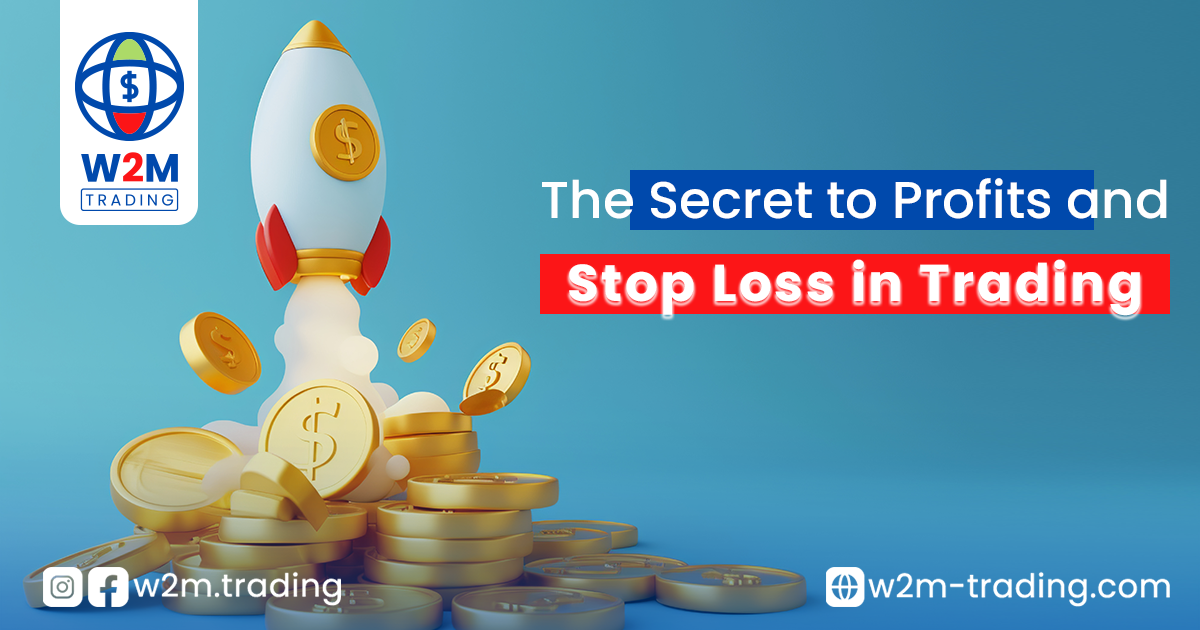- Attractive Education
- Beginner to Advance
- Flexible Timing

In the world of trading, capital management is one of the most important concepts that every trader must understand. While there may be various trading strategies and advanced analytical methods, failing to manage capital properly can lead to significant losses. In this article, we will discuss the importance of capital management and how to apply it to achieve profit and minimize losses.
Capital is the amount of money that a trader allocates for trading in financial markets. This amount serves as the foundation upon which the trader can build their trades and investments. Therefore, preserving this capital is one of the primary priorities, as losing a significant portion of it could mean losing the ability to trade in the future.
Capital management has several important benefits, including:
Reducing Risks: By effectively managing capital, a trader can determine the amount of risk they are willing to take on each trade. This helps protect the account from significant losses.
Increasing Profit Opportunities: By strategically allocating funds, a trader can achieve greater profits over time, leading to an increase in account size.
Avoiding Large Losses: If a trader does not control the size of their trades, they may face devastating losses that could end their trading career. Capital management helps set loss limits.
Capital management includes a set of strategies that traders can follow, the most notable of which are:
Determining Risk Percentage: Many experts recommend not risking more than 1-2% of capital on a single trade. This means that if you are trading with $10,000, the maximum loss on a single trade should not exceed $100-200.
Using Stop Loss Orders: Setting a stop loss order is one of the most effective tools in risk management. This order allows you to specify the price at which you will exit the trade if the market moves against you.
Diversifying Trades: Not putting all your money into a single trade reduces risks. You can trade multiple assets or different strategies to achieve better balance.
Setting Profit Targets: You should have specific profit targets for each trade. This can help you make informed decisions about when to exit the trade.
To achieve effective capital management, traders should follow certain steps:
Create a trading plan: This plan should include your financial goals, strategies, and risk limits. It should be written down and reviewed periodically.
Regularly evaluate performance: Traders should review the performance of their trades and determine whether their strategies are working as expected. If the desired results are not achieved, you may need to adjust your strategy.
Stay alert: Financial markets are volatile, so you must be prepared to adapt to changes. Use market analysis tools to identify new opportunities.
Adjust position size: Based on your risk-reward ratio and goals, you should determine the size of each trade accordingly. A position size calculator can help you with this.
A stop-loss order eliminates the emotions that can affect trading decisions. This can be particularly useful when a person cannot monitor the developments of a trade. The stop-loss order in forex is important for many reasons. However, there is one simple and significant reason—no one can predict the exact future of the forex market. No matter how strong the setup and prior analysis are, or how much information may indicate a certain direction, new developments in the market can always occur that could turn things upside down.
Here lies the importance of the stop-loss order, which protects you from severe fluctuations in unexpected situations. Future prices are unknown to the market, and every trade you open represents a risk. Forex traders may win more than half the time on most major currency pairs, but their financial management strategy can be so poor that they end up losing money because of it. Improper financial management can lead to unpleasant consequences. To avoid this, one should know how to calculate the stop-loss in forex.
Ultimately, capital management is a crucial element for achieving success in the trading world. By applying effective strategies such as risk assessment and using stop-loss orders, traders can protect their accounts and increase their chances of profit. Remember that trading is not just a science; it is an art that requires a blend of knowledge, experience, and discipline. If you can manage your capital well, you will be on your way to achieving success in this dynamic field.
You can learn more about the importance of capital management for profitability and stop-loss in trading interactively through here
You can also follow everything related to trading through the educational series “Trading for Beginners” on the YouTube channel through here
This site is protected by reCAPTCHA and the Google
Privacy Policy and
Terms of Service apply.